 May 27, 1986: An exiled Steve Jobs takes a shot at Apple after the company ditches Chiat/Day, the ad agency that created the iconic “1984” Macintosh ad. In a full-page ad published in The Wall Street Journal, Jobs says the move to competing ad agency BBDO shows that “caretakers” rather than “builders” now run Apple.
May 27, 1986: An exiled Steve Jobs takes a shot at Apple after the company ditches Chiat/Day, the ad agency that created the iconic “1984” Macintosh ad. In a full-page ad published in The Wall Street Journal, Jobs says the move to competing ad agency BBDO shows that “caretakers” rather than “builders” now run Apple.
From his perspective, it confirms that the company he co-founded has lost its revolutionary spirit.

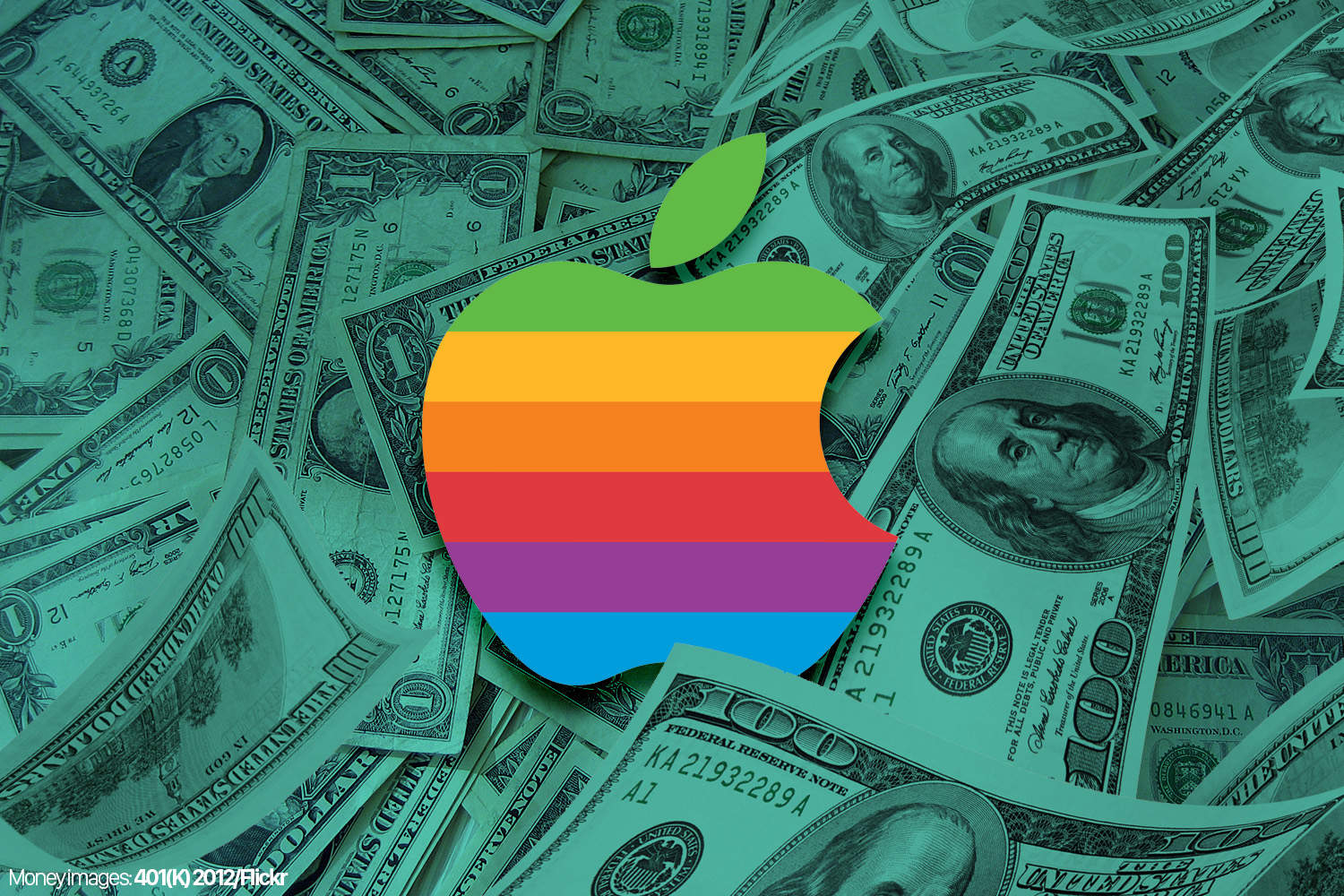
 May 26, 2010: In a massive milestone, Apple passes Microsoft to become the world’s most valuable technology company.
May 26, 2010: In a massive milestone, Apple passes Microsoft to become the world’s most valuable technology company.
 May 25, 2010: Apple opens an investigation into a string of suicides at Foxconn, its Chinese manufacturing partner for assembling iPhones.
May 25, 2010: Apple opens an investigation into a string of suicides at Foxconn, its Chinese manufacturing partner for assembling iPhones.
 May 24, 2013: Apple begins phasing out the option to download movie trailers from its once enormously popular iTunes Movie Trailers website.
May 24, 2013: Apple begins phasing out the option to download movie trailers from its once enormously popular iTunes Movie Trailers website.
 May 23, 1985: Bitter about being ousted from his position running the Macintosh division, Steve Jobs attempts to stage a boardroom coup to seize control of Apple from CEO John Sculley.
May 23, 1985: Bitter about being ousted from his position running the Macintosh division, Steve Jobs attempts to stage a boardroom coup to seize control of Apple from CEO John Sculley.
 May 22, 1997: Apple spins off its Newton division, creating an independent company to manage the line of personal digital assistants. Newton Inc.’s first job? Selling the MessagePad 2000 PDA, the best Newton device yet.
May 22, 1997: Apple spins off its Newton division, creating an independent company to manage the line of personal digital assistants. Newton Inc.’s first job? Selling the MessagePad 2000 PDA, the best Newton device yet.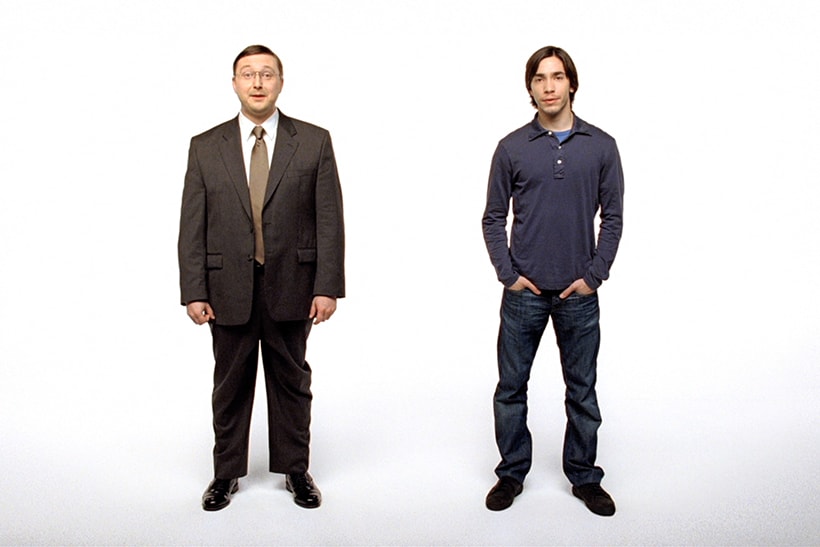
 May 21, 2010: Apple quietly ends its award-winning “Get a Mac” ad campaign. Debuting in 2006, the ads starred actor
May 21, 2010: Apple quietly ends its award-winning “Get a Mac” ad campaign. Debuting in 2006, the ads starred actor 
 May 20, 1988: Apple launches AppleLink Personal Edition, a user-facing online service that lets customers connect using a Mac-style user interface.
May 20, 1988: Apple launches AppleLink Personal Edition, a user-facing online service that lets customers connect using a Mac-style user interface.
 May 19, 2001: Apple revolutionizes the world of computer shopping by opening its first two Apple Stores. Located in Tysons Corner, Virginia, and Glendale, California, the new outlets represent the culmination of a long-term dream for Apple.
May 19, 2001: Apple revolutionizes the world of computer shopping by opening its first two Apple Stores. Located in Tysons Corner, Virginia, and Glendale, California, the new outlets represent the culmination of a long-term dream for Apple.
 May 18, 2006: The world — and, more specifically, the Apple-watching press — gets its first glimpse of the swanky new Fifth Avenue Apple store in New York City.
May 18, 2006: The world — and, more specifically, the Apple-watching press — gets its first glimpse of the swanky new Fifth Avenue Apple store in New York City.
 May 17, 1983: John Sculley takes the helm as Apple’s third president and CEO. The former Pepsi-Cola boss is short on tech experience but long on marketing, which will become increasingly important as the personal computer revolution ramps up.
May 17, 1983: John Sculley takes the helm as Apple’s third president and CEO. The former Pepsi-Cola boss is short on tech experience but long on marketing, which will become increasingly important as the personal computer revolution ramps up.
 May 16, 1994: Apple launches the PowerBook 540c, one of the best laptops in the company’s history.
May 16, 1994: Apple launches the PowerBook 540c, one of the best laptops in the company’s history.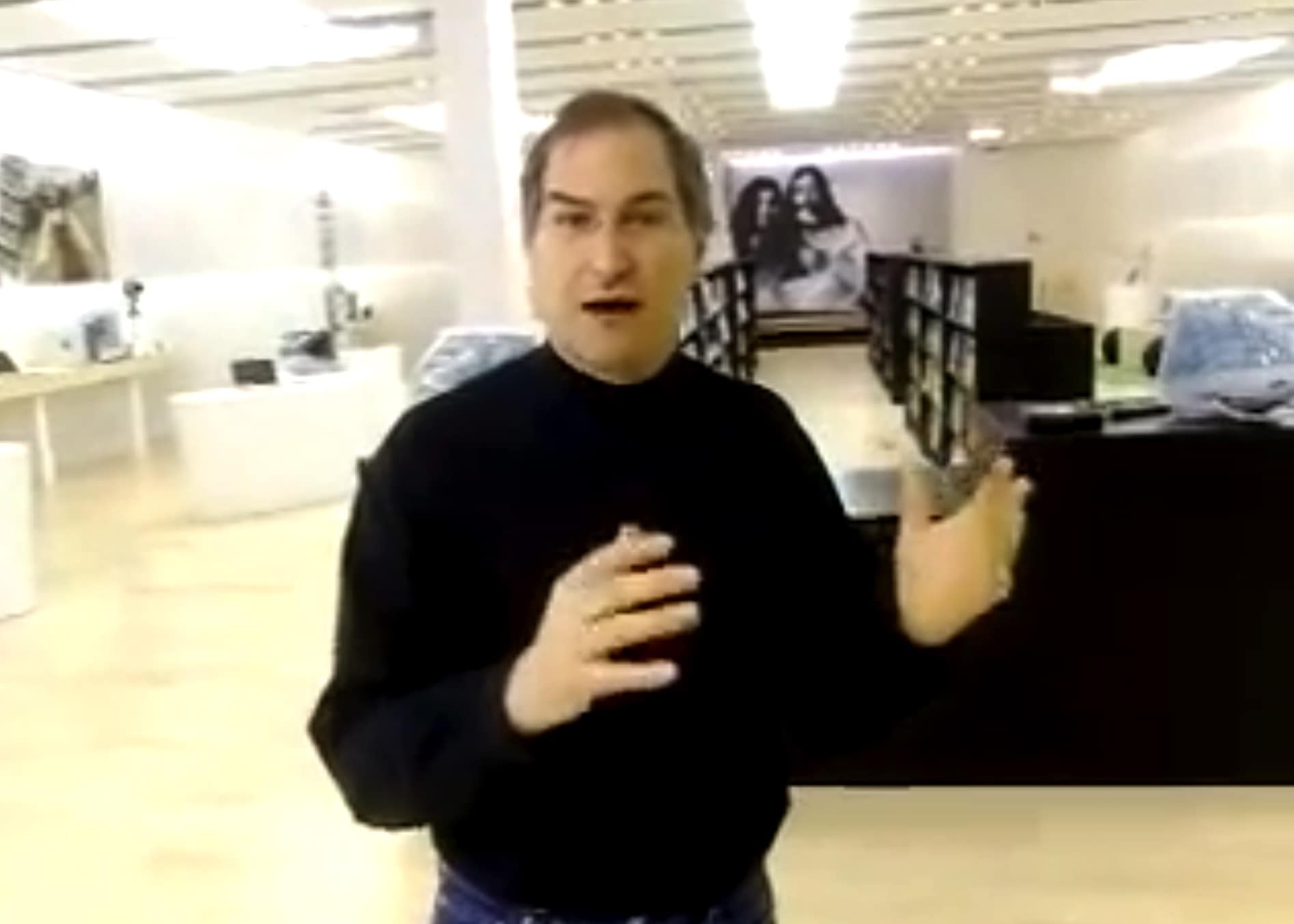
 May 15, 2001: Steve Jobs flips the script on the dreadful experience of computer shopping, unveiling an ambitious plan to open 25 innovative Apple stores across the United States. The first ones, located at Tysons Corner in McLean, Virginia, and the Glendale Galleria in Glendale, California, are set to open later that week.
May 15, 2001: Steve Jobs flips the script on the dreadful experience of computer shopping, unveiling an ambitious plan to open 25 innovative Apple stores across the United States. The first ones, located at Tysons Corner in McLean, Virginia, and the Glendale Galleria in Glendale, California, are set to open later that week.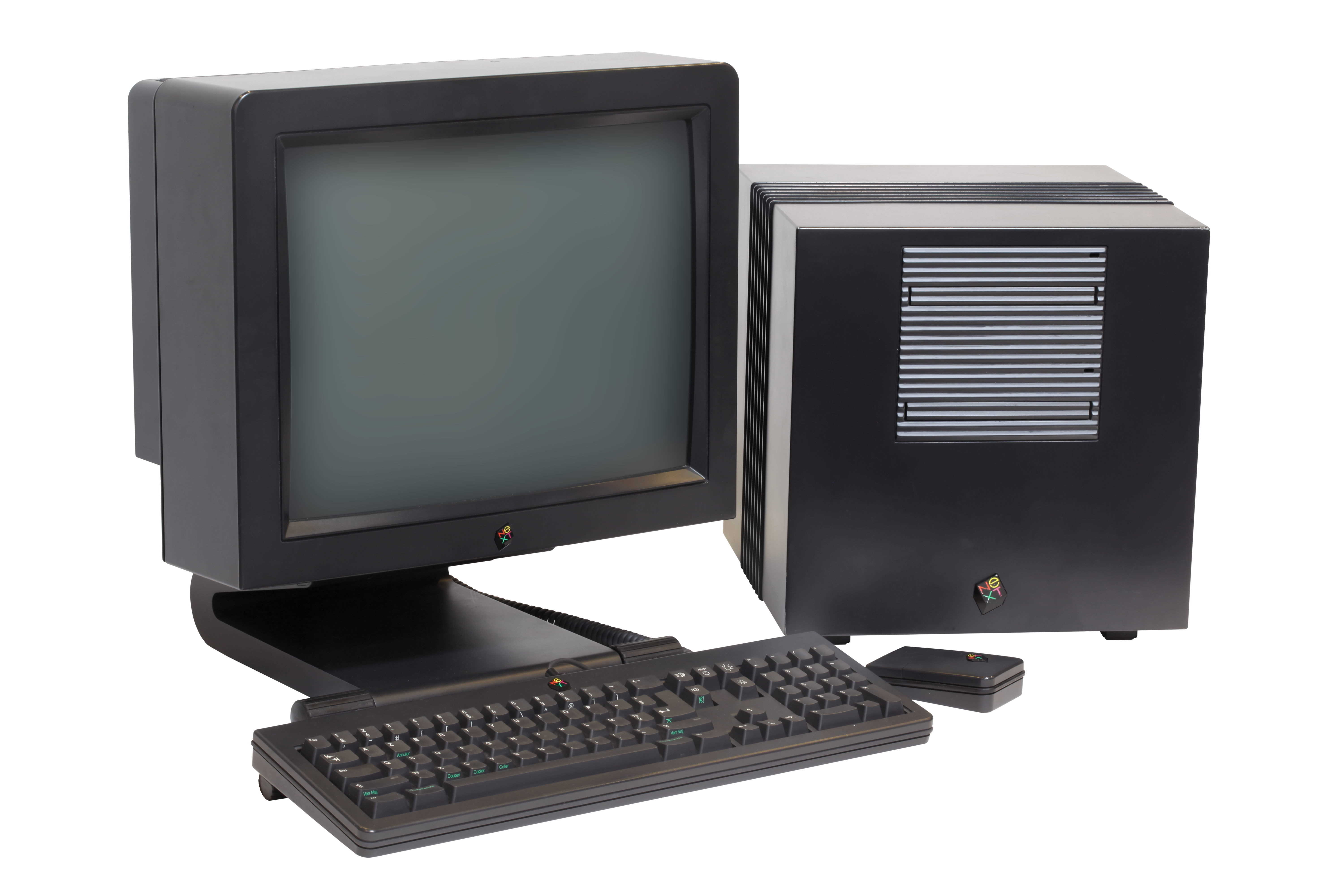
 May 14, 1992: Steve Jobs’ company NeXT runs into trouble as it loses a crucial deal with Businessland after the giant computer retailer closes its stores.
May 14, 1992: Steve Jobs’ company NeXT runs into trouble as it loses a crucial deal with Businessland after the giant computer retailer closes its stores.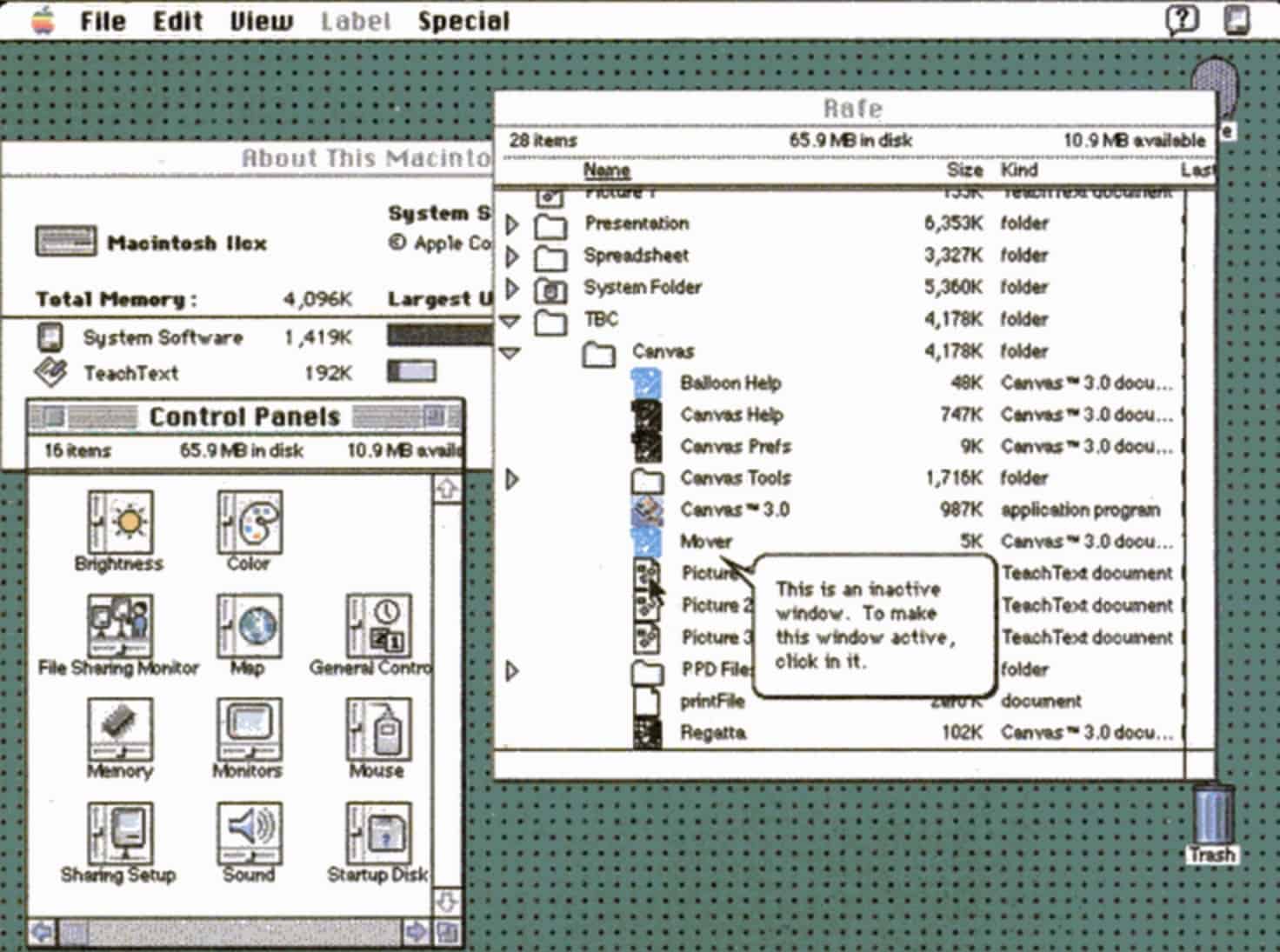
 May 13, 1991: Apple releases System 7, the biggest upgrade to the Mac operating system since the
May 13, 1991: Apple releases System 7, the biggest upgrade to the Mac operating system since the 
 May 12, 2005: Longtime Apple frenemy Bill Gates tells a German newspaper that Apple may have hit it big with the iPod, but that its success isn’t going to last forever.
May 12, 2005: Longtime Apple frenemy Bill Gates tells a German newspaper that Apple may have hit it big with the iPod, but that its success isn’t going to last forever.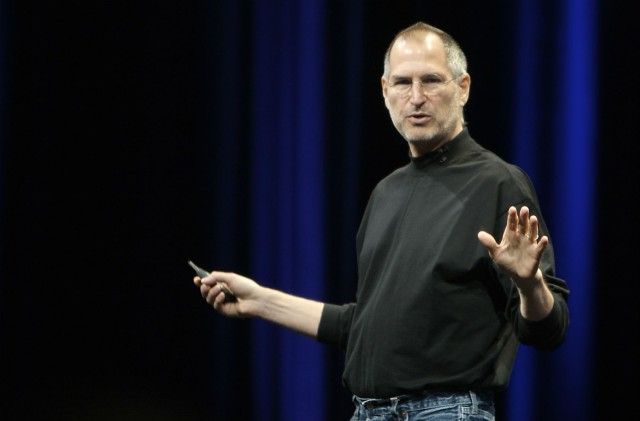
 May 11, 1998: As part of his
May 11, 1998: As part of his 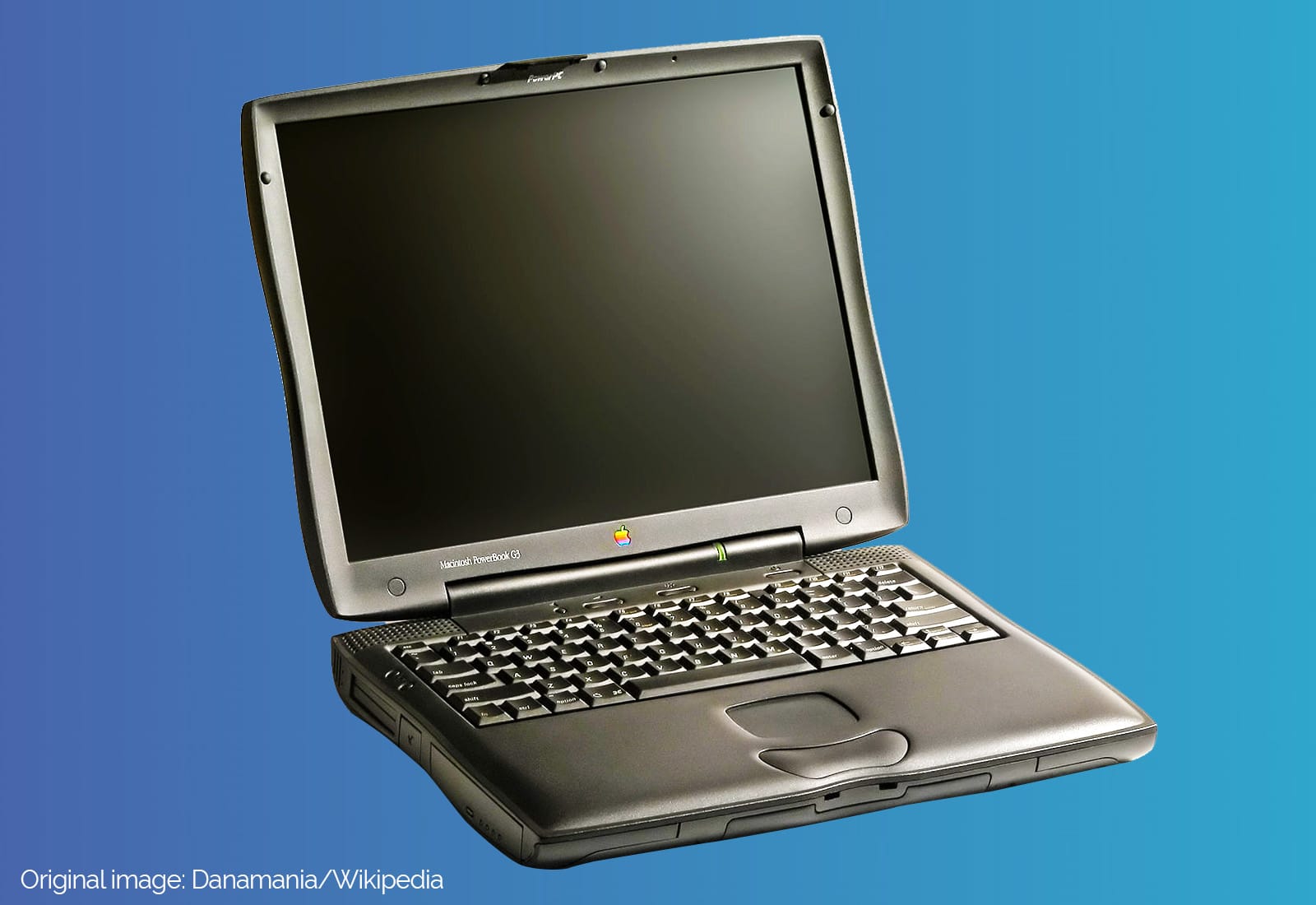
 May 10, 1999: The third-generation PowerBook G3 comes in 20% slimmer and 2 pounds lighter than its predecessor, but most people remember the laptop for its “bronze” keyboard. Although it doesn’t get a new name to distinguish it from previous laptops in the lineup, fans call it “Lombard” after Apple’s internal code name (or simply the “PowerBook G3 Bronze Keyboard”).
May 10, 1999: The third-generation PowerBook G3 comes in 20% slimmer and 2 pounds lighter than its predecessor, but most people remember the laptop for its “bronze” keyboard. Although it doesn’t get a new name to distinguish it from previous laptops in the lineup, fans call it “Lombard” after Apple’s internal code name (or simply the “PowerBook G3 Bronze Keyboard”).
 May 9, 2005: Apple quietly begins selling music videos in the
May 9, 2005: Apple quietly begins selling music videos in the 
 May 8, 1997: Apple launches the PowerBook 2400c laptop, a 4.4-pound “subnotebook” that’s the MacBook Air of its day.
May 8, 1997: Apple launches the PowerBook 2400c laptop, a 4.4-pound “subnotebook” that’s the MacBook Air of its day.
 May 7, 2014: Katie Cotton, the fearsome, much-admired head of Apple’s worldwide publicity machine, steps down from her VP post after 18 years with the company.
May 7, 2014: Katie Cotton, the fearsome, much-admired head of Apple’s worldwide publicity machine, steps down from her VP post after 18 years with the company.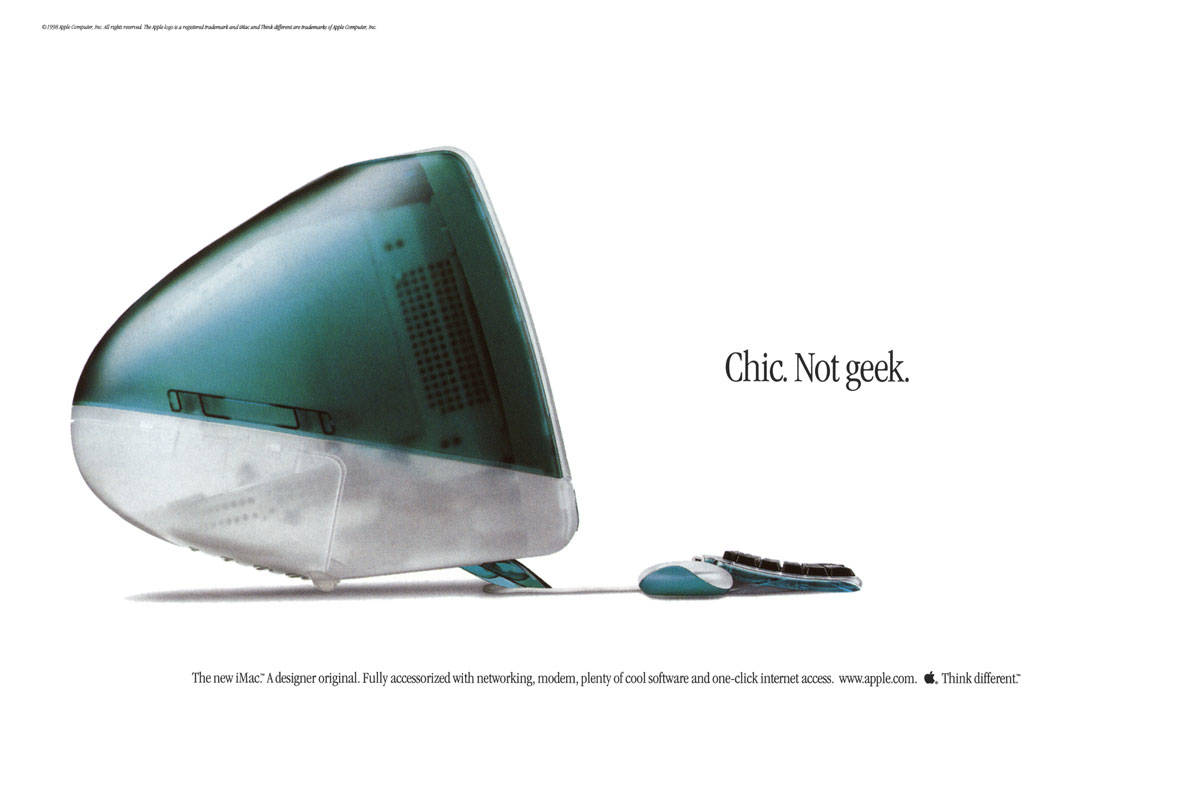
 May 6, 1998: Steve Jobs unveils the iMac G3, a brightly colored, translucent computer that will help save Apple. Coming just 10 months after Jobs’ new management team takes over, the original iMac launch loudly announces that the days of Apple quietly fading into the background are over.
May 6, 1998: Steve Jobs unveils the iMac G3, a brightly colored, translucent computer that will help save Apple. Coming just 10 months after Jobs’ new management team takes over, the original iMac launch loudly announces that the days of Apple quietly fading into the background are over.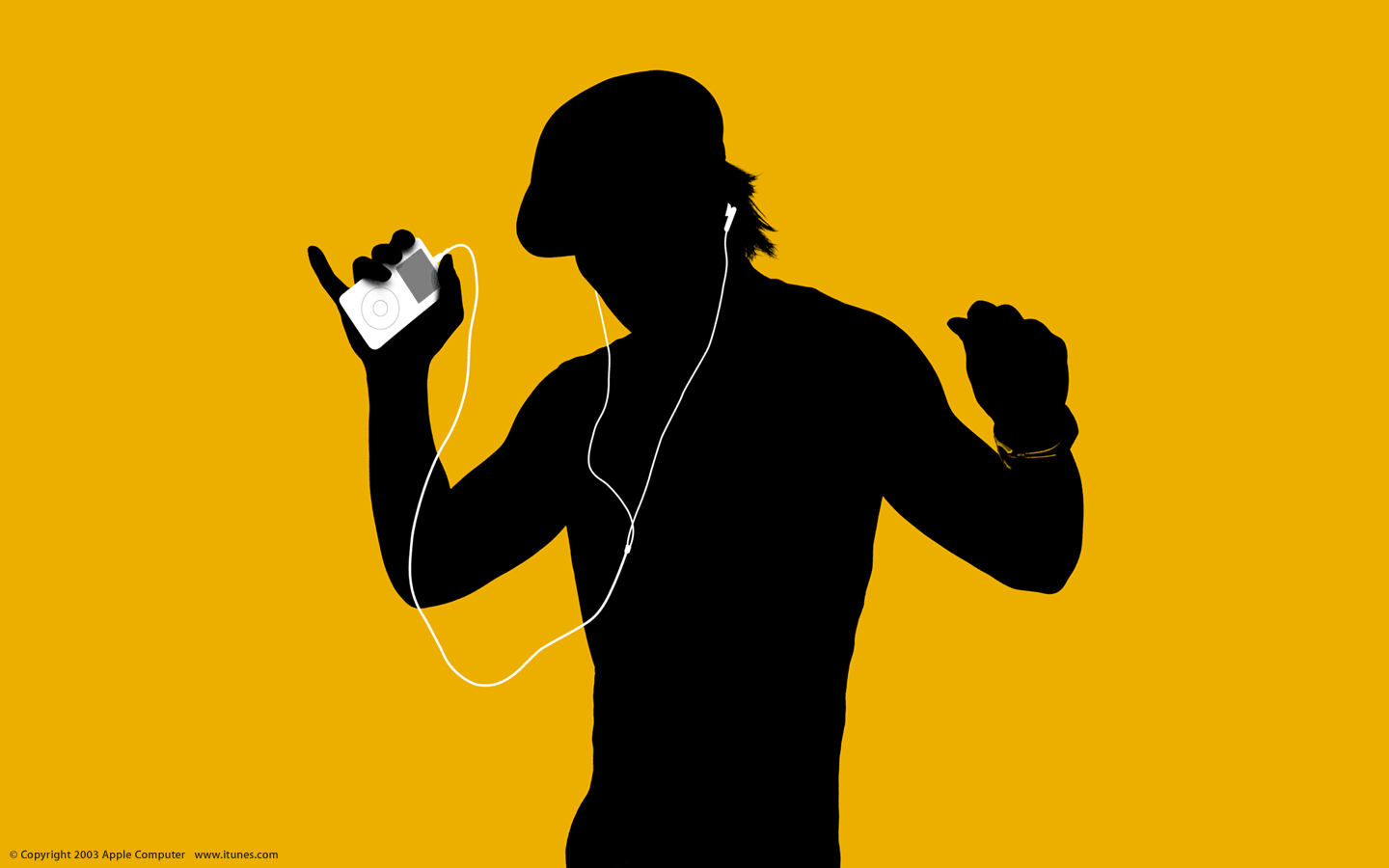
 May 5, 2003: Just a week after launching the iTunes Music Store, Apple reaches an incredible milestone with more than 1 million songs sold.
May 5, 2003: Just a week after launching the iTunes Music Store, Apple reaches an incredible milestone with more than 1 million songs sold.
 May 4, 2011: Reports circulate that Apple is negotiating with carriers to bring over-the-air updates to iOS, beginning with iOS 5.
May 4, 2011: Reports circulate that Apple is negotiating with carriers to bring over-the-air updates to iOS, beginning with iOS 5.
 May 3, 1984: Apple marks the all-important first 100 days of Mac sales, signaling whether the product launch is a hit with customers.
May 3, 1984: Apple marks the all-important first 100 days of Mac sales, signaling whether the product launch is a hit with customers.